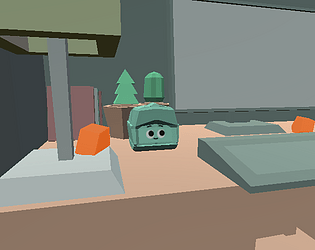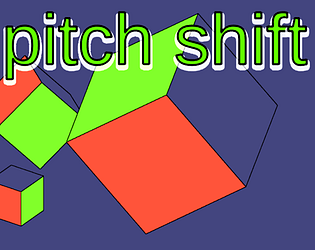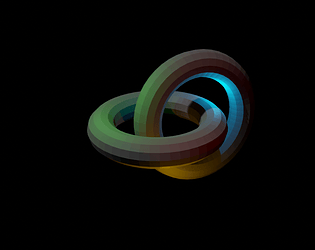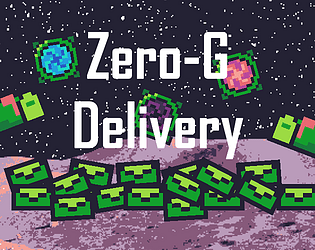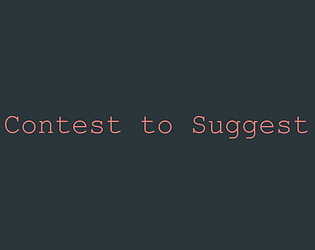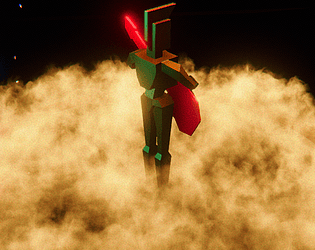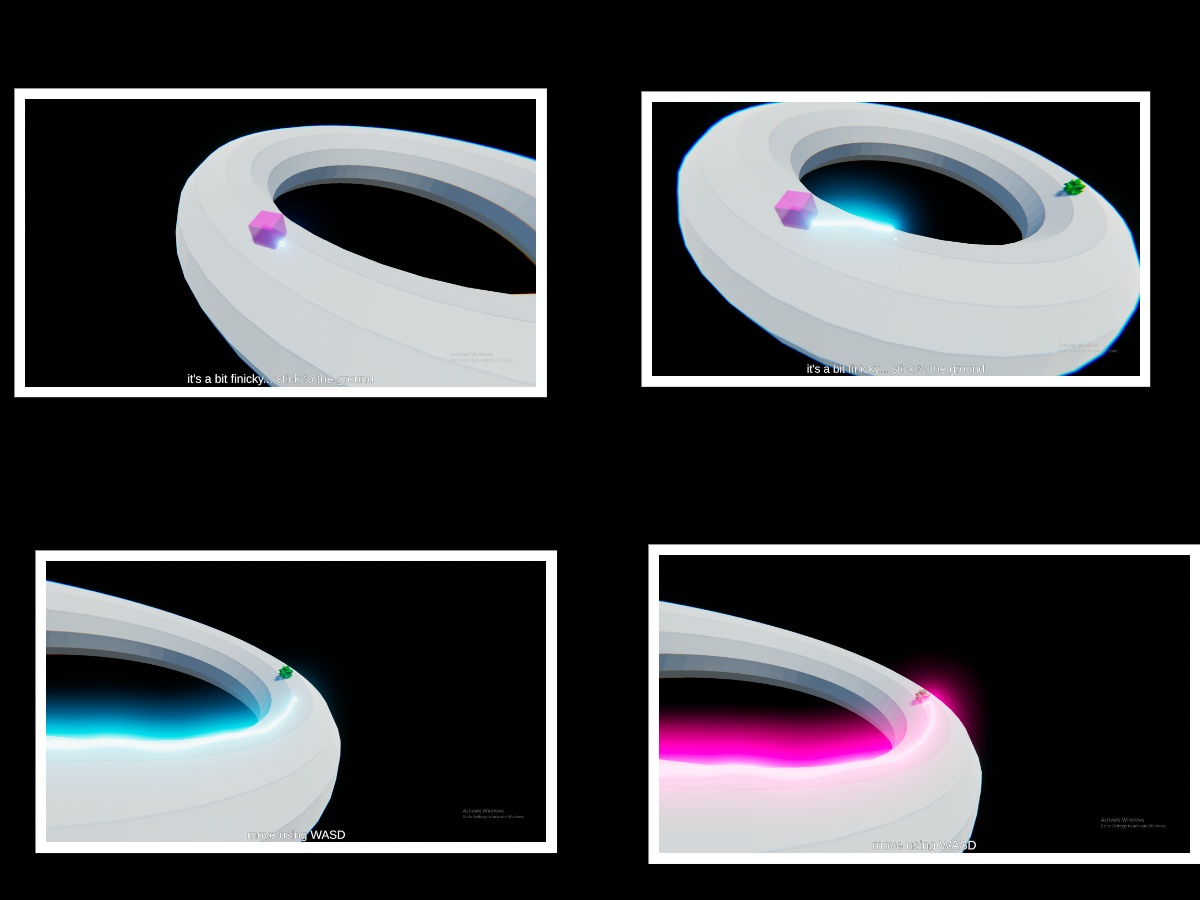Thanks! I totally agree with you on the saving/resuming, thankfully it should be pretty easy to implement if we decide to update the game, it could be as simple as a bit field for the unlocked sets, maybe a bit field of piece collection and the player's position perhaps. So thanks for pointing out a big pain point that I totally agree with, with the added benefit of being a relatively simple fix!
I agree that the instruction set was not explored very well, probably as you say a simpler puzzle/strategy game would have worked better since you can totally just write small snippets that change the player character's state a bit and rewrite stuff from there, thus avoiding (code) logic completely. Or maybe we could've focused on the character-controller-builder aspect more, where you could prewrite your controls with maybe some constraints and then not be allowed to edit it in "action mode" or whatever, somewhat like Kerbal Space Program's spacecraft building/flying loop.
Thanks for playing and going out of your way to provide some really nice and useful feedback! :')


